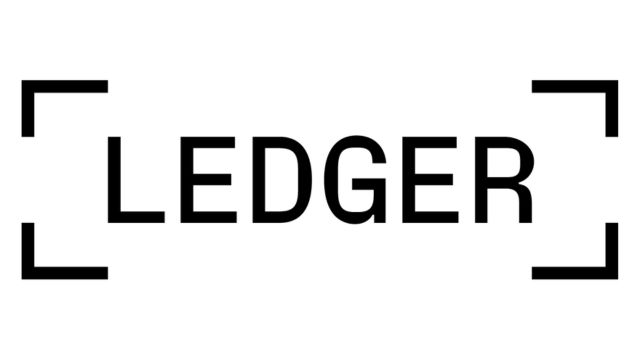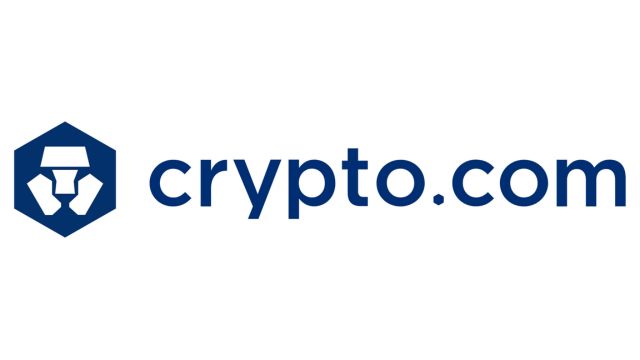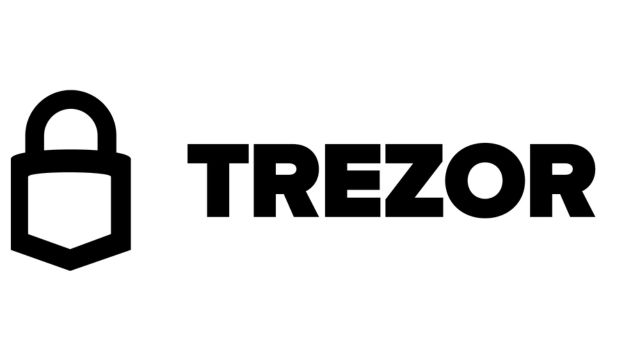List of The Best Crypto Wallets
- Ledger Nano X: Overall Best Crypto Cold Wallet (Cold Wallet)
- Coinbase Wallet: Best Crypto Wallet For Beginners (Hot Wallet)
- Tangem Wallet: Best Crypto Wallet For Mobile Users (Hardware Wallet)
- Crypto.com: Best For Users Looking to Explore DeFi, Staking, and NFTs
- Ellipal Titan 2.0: Best Fully Air Gapped Crypto Wallet
- Trezor: Best User Friendly Crypto Wallet
Best Crypto Wallets
Best Crypto Wallet For Beginners
Coinbase
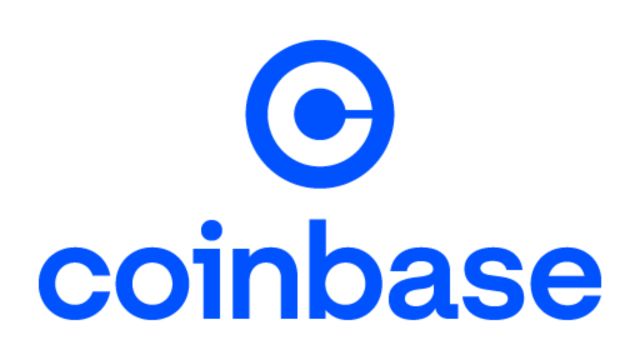
GET IT NOW
Best Crypto Wallet For Mobile
Tangem
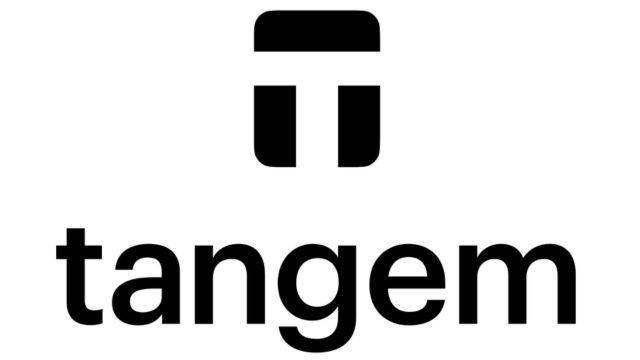
GET IT NOW
What Is a Crypto Wallet?
A crypto wallet is a digital tool that lets you store, send, and receive cryptocurrencies like Bitcoin, Ethereum, and many others. It acts as your gateway to the blockchain where all your crypto actually lives.
A crypto wallet doesn’t hold your coins directly. Instead, it stores the private keys that give you access to your digital assets. Your crypto remains on the blockchain, the wallet simply proves that you own it and allows you to interact with it securely.
Public Keys vs. Private Keys
Every crypto wallet is made up of two essential parts:
- Public Key: This is like your bank account number. It’s used to generate your wallet address – the string you can share with others to receive funds.
- Private Key: This is your master password, a secret cryptographic key that proves you own and control the funds. If someone gets access to your private key, they can move your crypto.
Wallets use advanced cryptography to keep these keys secure, but it’s your responsibility to protect your private key or recovery phrase.
How Wallets Sign Transactions
When you want to send crypto, your wallet uses your private key to sign the transaction, confirming that you are the legitimate owner authorizing the movement of funds. This signature is then broadcast to the blockchain network, where miners or validators confirm the transaction.
Importantly, the private key never leaves your wallet – only the cryptographic signature is sent. This is what keeps your funds secure, even when using hot wallets connected to the internet.
Hot Wallets vs. Cold Wallets
When choosing a crypto wallet, one of the first distinctions to understand is the difference between hot wallets and cold wallets. Each serves a different purpose depending on how you manage your crypto.
Hot Wallets
Hot wallets are connected to the internet. They are typically mobile apps, browser extensions, or desktop software that allow for quick access to your funds. Because they’re always online, they’re ideal for active traders, NFT collectors, and anyone who transacts frequently.
Examples include Coinbase Wallet, MetaMask, and Trust Wallet.
Pros:
- Easy to set up and use
- Ideal for daily transactions and quick access
- Convenient for interacting with Web3 apps and decentralized finance (DeFi)
Cons:
- More exposed to hacks, phishing, and malware
- Requires extra caution with device and password security
Cold Wallets
Cold wallets are offline wallets designed for maximum security. These include hardware wallets and paper wallets that store your private keys away from any internet connection. Because they are not constantly connected, cold wallets are far less vulnerable to online threats.
Examples include Ledger Nano X, Tangem, and Trezor.
Pros:
- Extremely secure for long-term storage
- Immune to online hacking attempts and most malware
- Ideal for holding large amounts of cryptocurrency
Cons:
- Less convenient for everyday use
- Requires physical access to sign transactions
- Can be intimidating for beginners to set up
In general, hot wallets are better for accessibility and active use, while cold wallets are best for long-term storage and security. Many users benefit from using both a hot wallet for everyday transactions and a cold wallet for larger holdings.
Custodial vs. Non-Custodial Wallets
When choosing a crypto wallet, it’s important to understand whether it is custodial or non-custodial, as this affects who controls your private keys and, ultimately, your crypto assets.
Custodial Wallets
In a custodial wallet, a third party such as a cryptocurrency exchange or wallet service holds and manages your private keys on your behalf. This means they control access to your funds, and you trust them to keep your assets safe.
Pros:
- Easy to use, often with password recovery options
- No need to manage private keys or seed phrases
- Good for beginners or those who want quick access to crypto trading and services
Cons:
- You don’t have full control over your funds
- Your assets can be frozen, restricted, or lost if the custodian is hacked or goes bankrupt
- Less privacy because the custodian may collect your personal data
Non-Custodial Wallets
Non-custodial wallets give you full control over your private keys and crypto assets. Only you have access to your keys, meaning you are fully responsible for securing and backing them up.
Pros:
- Complete ownership and control over your crypto
- Enhanced privacy and security
- Ability to interact directly with decentralized applications (DApps) and DeFi
Cons:
- Losing your private key or seed phrase means losing access permanently
- Requires careful management and understanding of security best practices
- Can be intimidating for new users
Understanding the difference between custodial and non-custodial wallets will help you decide how much control and responsibility you want over your crypto assets. For those prioritizing security and privacy, non-custodial wallets are the preferred choice. For convenience and ease of use, custodial wallets can be a practical option.
How to Choose the Right Wallet for You
Selecting the right crypto wallet depends on your personal needs, experience level, and how you plan to use your cryptocurrency. Here are key factors to consider when making your choice:
Security vs. Convenience
If you prioritize maximum security, especially for large or long-term holdings, a cold wallet (hardware or paper) is the best option. These wallets keep your private keys offline, protecting you from online hacks.
If you want easy access for frequent transactions, a hot wallet connected to your phone or computer may suit you better. However, keep in mind that hot wallets are more vulnerable to cyber threats.
Usage Patterns
- Are you a long-term holder who rarely moves crypto? A cold wallet offers better protection.
- Are you an active trader or DeFi user who interacts with decentralized apps regularly? A hot wallet with wide compatibility is more practical.
Features and Ecosystem
Consider the wallet’s supported coins, ease of use, and compatibility with apps or exchanges you use. For example, if you want to stake tokens or collect NFTs, some wallets offer native support for these features.
Platform and Device Support
Make sure the wallet is available on your preferred devices, whether it’s mobile, desktop, or hardware. If you use multiple devices, look for wallets that sync across platforms securely.
Budget
Hardware wallets usually come with an upfront cost, typically between $50 and $200, while many hot wallets are free to use. Decide how much you’re willing to invest in your wallet’s security and convenience.
Reputation and Community
Choose wallets from reputable companies with a strong track record and active development. Open-source wallets can offer transparency, but may require more technical knowledge.
How to Set Up a Crypto Wallet
Setting up a crypto wallet is straightforward but requires careful attention to security. Below is a general step-by-step guide to help you get started safely.
1. Choose Your Wallet Type
Decide whether you want a hot wallet (mobile, desktop, or browser extension) for easy access or a cold wallet (hardware or paper) for enhanced security.
2. Download or Purchase the Wallet
- For hot wallets, download the official app from the provider’s website or trusted app store.
- For hardware wallets, purchase directly from the manufacturer or authorized sellers to avoid tampering.
3. Install and Open the Wallet
Follow the installation instructions. For hardware wallets, connect the device to your computer or mobile and install the companion app if required.
4. Create a New Wallet
Most wallets will prompt you to create a new wallet or restore an existing one. Choose to create a new wallet if you’re starting fresh.
5. Backup Your Seed Phrase
Your wallet will generate a seed phrase (also called recovery phrase) – typically 12, 18, or 24 random words. This phrase is the master key to your wallet and funds.
- Write it down on paper (never save it digitally).
- Store it in a safe, secure, and private place.
- Consider creating multiple backups in different secure locations.
6. Set Up Additional Security
Enable extra layers of protection if available:
- Use a strong password or PIN.
- Enable two-factor authentication (2FA) or biometric login if supported.
7. Fund Your Wallet
To start using your wallet, you’ll need to receive cryptocurrency. Use your wallet’s public address to transfer funds from an exchange or another wallet.
8. Test with a Small Transaction
Before moving significant amounts, send a small test transaction to ensure everything works properly.
Frequently Asked Questions
What is the safest type of crypto wallet?
The safest wallets are cold wallets, such as hardware wallets (e.g., Ledger Nano X, Trezor) that keep your private keys offline. These wallets are highly resistant to hacking and are ideal for long-term storage.
Can I use multiple wallets at the same time?
Yes, many users use multiple wallets for different purposes – for example, a hardware wallet for secure storage and a hot wallet for everyday transactions.
What happens if I lose my wallet’s seed phrase?
If you lose your seed phrase and your wallet gets deleted, you will lose access to your crypto permanently. That’s why securely backing up your seed phrase is critical.
Are crypto wallets free to use?
Most hot wallets are free to download and use, but hardware wallets come with an upfront cost ranging from $50 to $200 depending on the model.
Can I recover my crypto if my wallet is hacked?
If your wallet is hacked and your private keys are stolen, it is generally impossible to recover your crypto because transactions on the blockchain are irreversible. Prevention and strong security are key.
Do I need to understand technical details to use a crypto wallet?
Basic wallet use is user-friendly, especially with popular apps. However, understanding key concepts like private keys, seed phrases, and transaction signing can help you use wallets more securely and effectively.
What is the difference between a wallet and an exchange?
A crypto wallet stores your private keys and lets you control your assets directly. An exchange is a platform where you can buy, sell, and trade cryptocurrencies, often holding custody of your assets for you.
Conclusion
Choosing the right crypto wallet is a crucial step in safely managing your cryptocurrency. Whether you prioritize ease of use with a hot wallet or enhanced security with a cold wallet, understanding the differences and features available will help you make an informed decision.
Remember that no wallet is perfect for everyone – many users find a combination of wallets suits their needs best. Always back up your seed phrase securely, stay vigilant against scams, and take the time to learn how your wallet works.
With the right wallet and good security practices, you can confidently participate in the growing crypto ecosystem and protect your digital assets for the long term.
This website is run by a crypto researcher dedicated to helping users navigate the world of digital asset security. With a primary focus on crypto wallets, this site delivers in-depth reviews, comparisons, and guides to help you choose the right tools for storing and managing your crypto safely.

